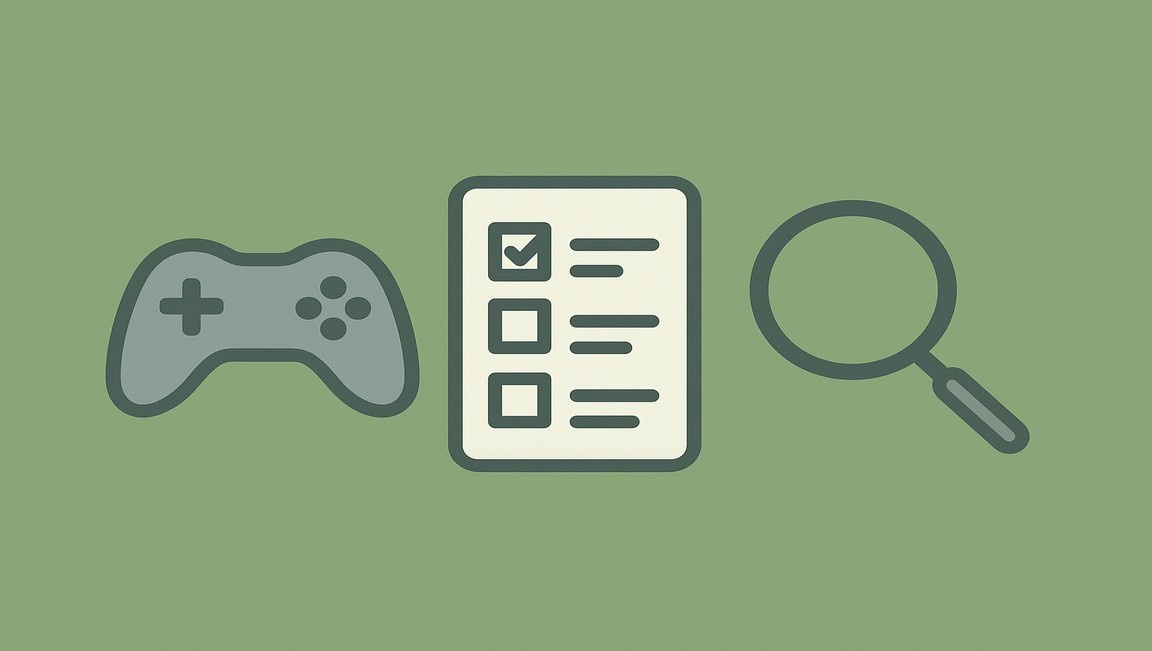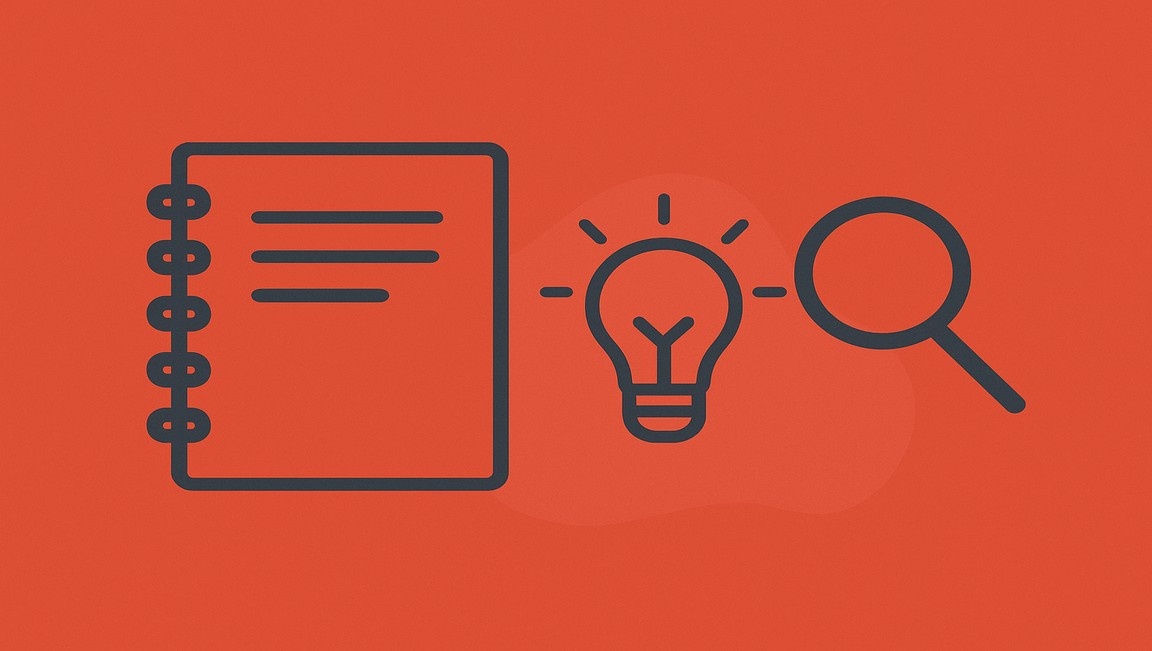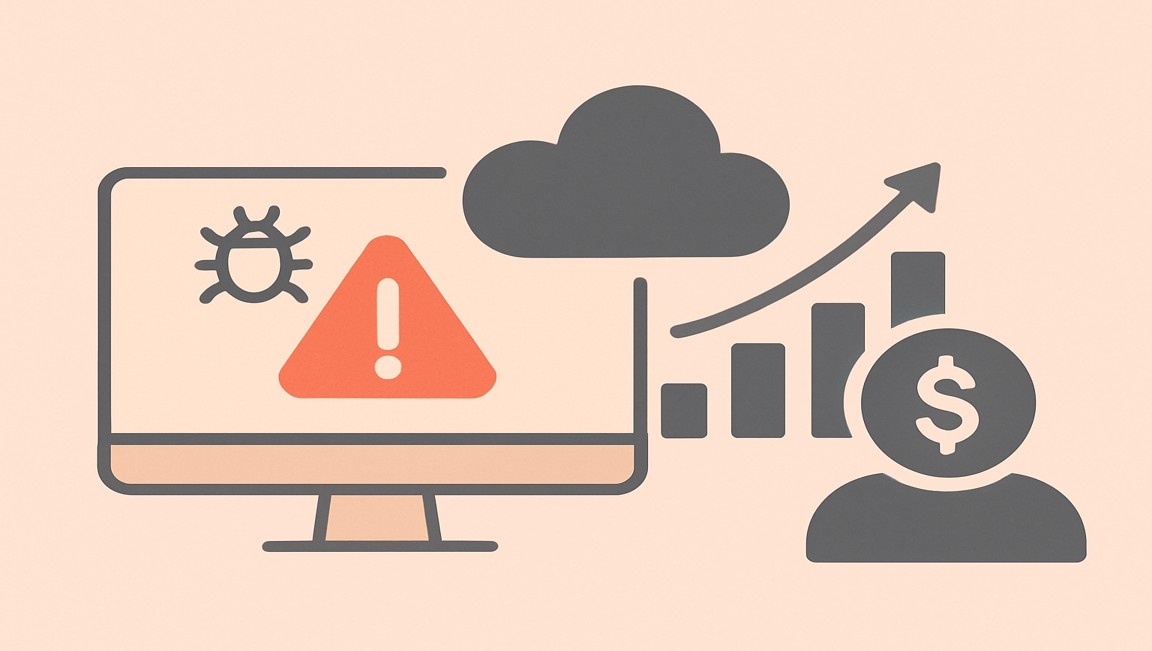Table of content
SHARE THIS ARTICLE
Is this blog hitting the mark?
Contact Us
Table of Contents
- The Strategic Importance of QAOps Implementation
- Implementation Framework: The Three-Phase QAOps Lifecycle
- Building Your QAOps Roadmap: Key Milestones
- QAOps Methodologies and Best Practices
- Team Structure and Roles in QAOps
- Key Performance Indicators and Metrics
- Common Implementation Challenges and Solutions
- Advanced QAOps Practices
- Technology Stack and Tools
- Future Outlook and Emerging Trends
QAOps (Quality Assurance Operations) represents a fundamental shift in how organizations approach software quality. It integrates quality assurance practices directly into the DevOps pipeline, making QA an integral part of the continuous integration and continuous deployment (CI/CD) process. Unlike traditional testing approaches where QA is treated as a separate phase, QAOps embeds quality checks throughout every stage of software development.
QAOps operates on two core principles: quality assurance operations must be integrated into the CI/CD pipeline, and QA engineers must work closely with developers, IT operations engineers, and everyone involved in the pipeline. This approach transforms testing from an isolated activity into a collaborative, continuous process that runs parallel to development and deployment.
The Strategic Importance of QAOps Implementation
The implementation of QAOps addresses critical challenges that modern software development teams face. Traditional DevOps focuses primarily on bridging development and operations teams for faster deployment, but often treats quality assurance as secondary. QAOps elevates quality to be a primary concern alongside speed and reliability.
Organizations implementing QAOps report significant improvements: continuous testing can reduce time to market by up to 30% and reduce defects by the same percentage. This approach is particularly crucial as software complexity increases and customer expectations for quality continue to rise.
Implementation Framework: The Three-Phase QAOps Lifecycle
Phase 1: Trigger
The trigger phase is the foundation of successful QAOps implementation. This crucial phase involves creating appropriate test cases when applications are integrated into the CI/CD pipeline. The key is to ensure tests are relevant to technical changes in the application to avoid wasting time on unnecessary testing areas.
Critical considerations for the trigger phase:
- Map out testing requirements at the initial stage of development
- Consider all types of testing, including integration tests
- Implement tests for code verification and deployment
- Focus on changes in functionality to avoid irrelevant tests
Phase 2: Execute
The execution phase implements the parallel testing approved in the trigger phase. This phase runs simultaneously with DevOps processes to ensure smooth integration and avoid obstacles in the QAOps workflow.
Key execution factors:
- Parallel tests that initiate the process
- Proper support for all integration testing requirements
- Scalability assessment of the entire procedure
- Ensuring tests execute in the correct sequence
- Load distribution among various departments
- Guaranteeing infrastructure and framework availability
Phase 3: Report
The reporting phase completes the QAOps lifecycle by documenting results from the trigger and execution phases. This phase generates comprehensive reports that include both summary and detailed information, creating a historical record for stakeholders to compare and analyze outcomes.
Essential reporting elements:
- Snapshots and detailed project views
- Root cause analysis of different process steps
- Quick availability of specific results without confusion
- Easy accessibility when needed
- Complete documentation for future debugging processes
- Scalability assessment for handling large data volumes
Building Your QAOps Roadmap: Key Milestones
Milestone 1: Assessment and Strategy Development
Begin by conducting a thorough assessment of your current QA processes, tools, and infrastructure. This baseline evaluation helps identify gaps, inefficiencies, and improvement areas. Use frameworks like the Capability Maturity Model Integration (CMMI) to evaluate maturity levels across automation, integration, and team collaboration.
Strategic planning considerations:
- Define clear vision and objectives for QAOps
- Identify key stakeholders and their roles
- Establish high-level strategy and timeline
- Align QAOps goals with business objectives
Milestone 2: Tool Selection and Infrastructure Setup
Select tools based on compatibility with existing infrastructure, scalability, and ease of integration with CI/CD pipelines. Popular choices include Jenkins for CI/CD, Selenium for automated testing, and Docker for containerization. Infrastructure-as-Code (IaC) tools like Terraform help automate environment provisioning.
Milestone 3: Team Training and Skill Development
Invest in comprehensive training programs that upskill both QA and DevOps teams. Training budgets for teams of 10-20 specialists typically range between $15,000 to $30,000 annually, covering certifications for tools like Selenium, Jenkins, and Docker.
Milestone 4: Pilot Testing and Initial Rollout
Conduct pilot tests on manageable, non-critical projects to validate QAOps processes before full-scale implementation. Select projects complex enough to demonstrate value but not so critical that failure would be catastrophic.
Milestone 5: Full Implementation and Scaling
Once pilot projects succeed, scale QAOps practices across all teams and projects. Monitor key metrics continuously and optimize processes based on performance data and feedback.
Also read: Building a Scalable QA Process Without Slowing Down Delivery
QAOps Methodologies and Best Practices
Automated Testing
Automation is central to QAOps success. QA engineers must first analyze products and gather requirements for writing automated test codes, then execute these codes as part of the QAOps pipeline. Automated testing saves time, reduces human error, and enables continuous feedback loops.
Parallel Testing
Running multiple test cases concurrently across different components, browsers, and operating systems helps identify and address inconsistent test results. This methodology is perfectly suited for CI/CD pipelines and requires robust computational power and hardware capabilities.
Continuous Testing Integration
Continuous testing runs automated tests throughout the software delivery pipeline, providing immediate feedback when new code is added. This approach encompasses sophisticated orchestration of testing activities aligned with development iterations.
Shift-Left Testing
Incorporate testing activities early in the development process to reduce downstream costs and improve product quality. This includes test-driven development (TDD) and behavior-driven development (BDD) practices.
Team Structure and Roles in QAOps
Core QAOps Roles
- QA Manager/Test Manager: Leads the entire team, prepares test strategy, assigns tasks, and serves as a bridge between development and testing teams.
- QA Team Lead/Test Lead: Supervises team activities, collaborates closely with team members, and maintains test plans and documentation.
- QA Architect/Test Architect: Prepares test infrastructure, selects testing tools, and configures test environments.
- Manual QA Engineers: Conduct manual tests from end-user perspectives, analyze requirements, and develop test cases.
- Test Automation Engineers: Create and maintain automated testing scripts and frameworks.
- Performance QA Engineers: Ensure software performs under maximum capacity and various load conditions.
Collaborative Structure:
QAOps requires cross-functional teams where QA, development, and operations staff work together from project inception. This structure breaks down traditional silos and promotes shared responsibility for quality outcomes.
Also Read: How to Perform Effective Performance Testing Using JMeter: A Step-by-Step Guide
Key Performance Indicators and Metrics
Process Metrics
- Test Coverage: Measures the percentage of system components tested out of total available components. Higher test coverage generally correlates with reduced risks.
- Test Automation Coverage: Quantifies functionality tested by automated processes, helping measure ROI on automation efforts.
- Defect Density: Tracks the number of defects per unit of code or functionality, indicating code quality trends.
- Test Execution Time: Monitors how long tests take to complete, ensuring automation streamlines rather than delays processes.
Product Metrics
- Defect Leakage Rate: Measures issues that escape to production compared to those caught earlier in the lifecycle. Consistently low leakage rates indicate effective testing integration.
- Time to Detection and Resolution: Tracks how quickly teams identify and respond to defects. Faster response times reduce costs and disruption.
- Deployment Frequency and Change Failure Rate: Provides insights into how QAOps contributes to overall delivery resilience and agility.
Common Implementation Challenges and Solutions
Cultural Resistance
- Challenge: Teams may resist changing established workflows due to fear of increased workload or job security concerns.
- Solution: Implement pilot projects demonstrating QAOps benefits, involve team leaders early in transitions, and showcase concrete results like faster delivery times and reduced bugs.
Tooling Complexity
- Challenge: The vast array of available tools can overwhelm teams and lead to fragmented processes.
- Solution: Focus on widely adopted, well-supported tools that integrate easily with existing tech stacks. Start with specific pipeline segments and expand gradually.
Skill Gaps
- Challenge: QAOPs requires complex skills spanning QA and DevOps domains.
- Solution: Conduct skill assessments, offer targeted training programs, organize knowledge-sharing sessions, and pair less experienced members with mentors[10].
Infrastructure Challenges
- Challenge: Ensuring test environments consistently mirror production environments.
- Solution: Implement Infrastructure-as-Code (IaC) using tools like Terraform and Ansible to automate environment provisioning and ensure consistency.
Also Read: How can engineering teams identify and fix flaky tests
Advanced QAOps Practices
Self-Healing Test Automation
Modern QAOps frameworks use AI to automatically fix broken test scripts, reducing maintenance overhead. This hyperautomation approach integrates RPA, AI, and traditional automation for complete end-to-end pipeline automation.
Security Integration (DevSecOps)
Integrate security testing from day one using tools like Snyk and OWASP ZAP in CI/CD pipelines. Conduct regular security audits as part of continuous testing processes.
Predictive Analytics
Employ predictive analytics to anticipate potential quality issues and address them proactively. This data-driven approach helps teams make informed decisions about resource allocation and risk management.
Technology Stack and Tools
CI/CD Integration Tools
- Jenkins: Robust CI/CD platform with extensive plugin ecosystem
- CircleCI/GitLab CI: Modern alternatives offering streamlined pipeline management
- Azure Pipelines: Microsoft's comprehensive DevOps solution
Testing Frameworks
- Selenium: Flexible test automation for web applications
- Cypress: Modern end-to-end testing framework
- JMeter/LoadRunner: Performance testing tools
Infrastructure Management
- Docker: Containerization for consistent environments
- Kubernetes: Container orchestration for scalable test environments
- Terraform: Infrastructure-as-Code for automated provisioning
Monitoring and Reporting
- Grafana: Real-time performance monitoring
- Jenkins reporting plugins: Automated test result reporting
- Custom dashboards: Tailored QAOps metrics visualization
Also read: Solving the Challenge of Unclear or Changing Requirements in QA
Future Outlook and Emerging Trends
QAOps continues evolving with emerging technologies. AI-driven testing capabilities will become standard, with copilot functionality available across nearly 100% of SDLC roles by end of 2025. Organizations should prepare for increased automation, enhanced predictive capabilities, and deeper integration with emerging technologies like IoT and blockchain testing.
The shift toward quality-first mindset in software development makes QAOps not just beneficial but essential for competitive advantage. Organizations implementing QAOps now position themselves for sustained success in increasingly complex software landscapes.
Conclusion
Implementing QAOps requires commitment, strategic planning, and cultural transformation. However, organizations that successfully adopt QAOps practices achieve significant improvements in software quality, delivery speed, and team collaboration. The key lies in starting small, building incrementally, and maintaining focus on continuous improvement.
By following this comprehensive implementation guide, organizations can transform their quality assurance practices from reactive testing to proactive quality engineering, ultimately delivering superior software products that meet and exceed customer expectations.
Discover More About QA Services
sales@qable.ioDelve deeper into the world of quality assurance (QA) services tailored to your industry needs. Have questions? We're here to listen and provide expert insights


Viral Patel is the Co-founder of QAble, delivering advanced test automation solutions with a focus on quality and speed. He specializes in modern frameworks like Playwright, Selenium, and Appium, helping teams accelerate testing and ensure flawless application performance.
.svg)














.webp)
.webp)
.png)
.png)











.png)



.png)

.png)

.png)



















.webp)

